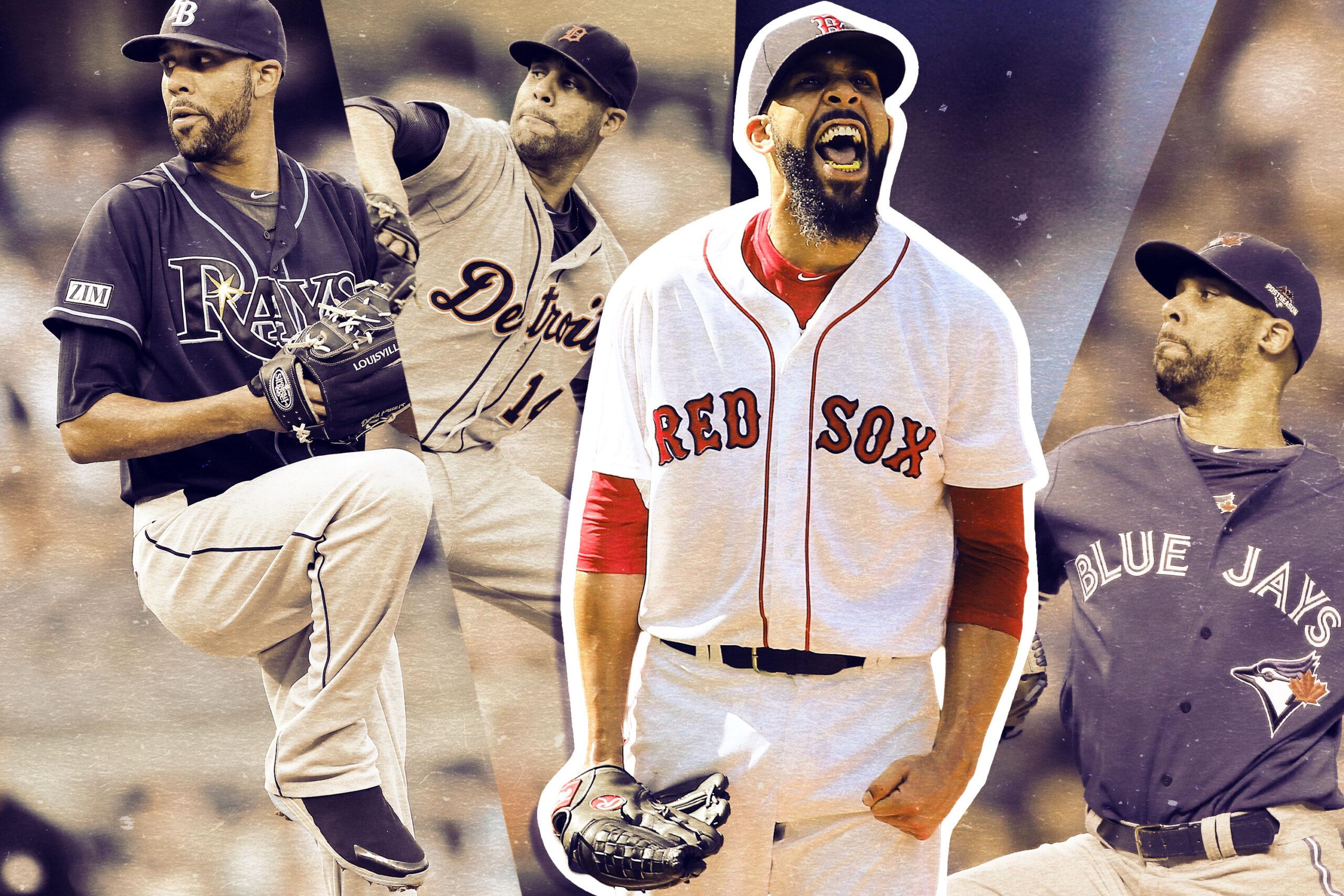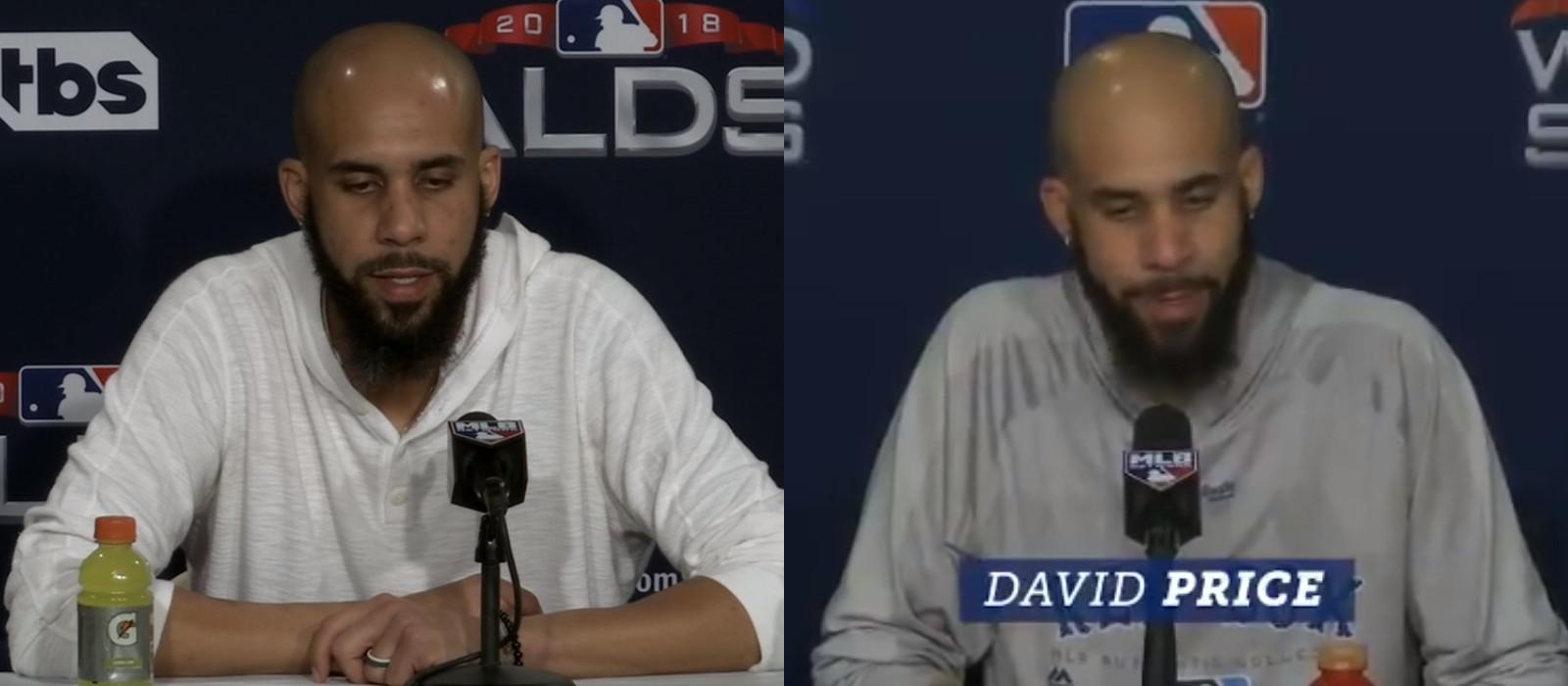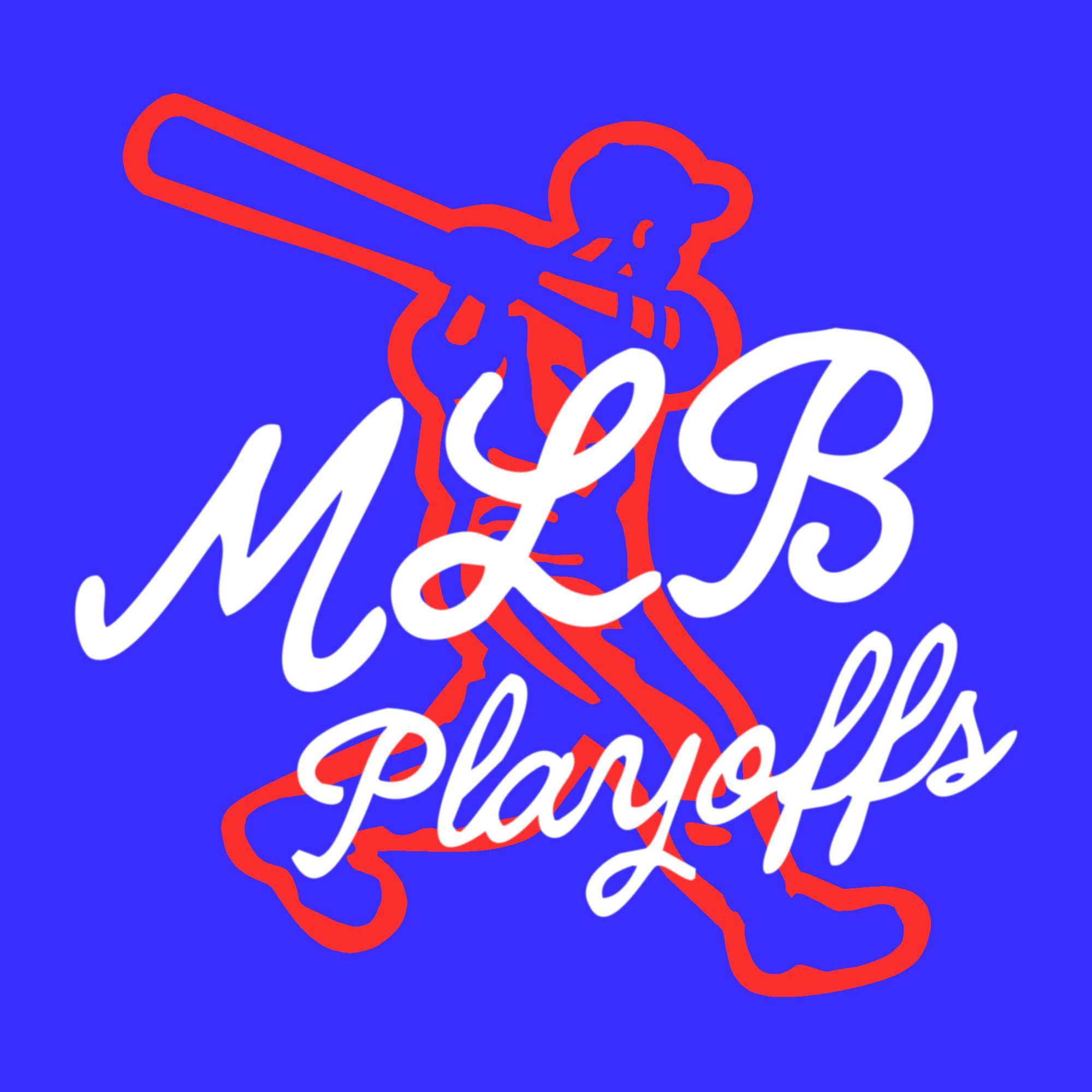
It was probably the light. Hell, it had to be the light, or the lower resolution, or the backdrop of the off-white, champagne-splotched pullover that David Price was wearing as he sat at a podium and talked to the press after winning World Series Game 5 and clinching the latest Red Sox championship. But it looked for a few minutes like the strands of gray were gone from the beard that had showed a light tuft when the 33-year-old sat at a similar podium after being booed off the mound in Boston barely three weeks before, in ALDS Game 2.

Midway through the victory lap Sunday night, Price would respond to a question about his beloved (and adoring) teammates by looking away and wiping his eyes. But before he broke down, he issued a long-awaited told-you-so to his former media tormentors. “It was tough, absolutely,” Price said in response to a question about the difficulty of overcoming his reputation for pitching poorly in the playoffs. “To answer that question in spring training day and day and day and day, and over and over and over and over, anytime it got to September, playoffs. I hold all the cards now. And that feels so good. … I can’t tell you how good it feels to hold that trump card. And you guys have had it for a long time. You’ve played that card extremely well. But you don’t have it anymore, none of you do, and that feels really good.”
Price took that trump card by starting Game 2 of the World Series, relieving in Game 3, warming up twice in the bullpen in Game 4 and, on short rest and short notice, throwing 89 pitches and seven innings of one-run, three-hit ball in Game 5 in Los Angeles, doing for the fourth time this postseason something that he’d never done until this year’s ALCS: watched his team win a playoff game he started. In helping propel the Sox to a 4-1 win in the Series, Price recorded a 1.98 ERA over 13 2/3 innings, both figures almost identical to his regular-season stats as a rookie in Tampa Bay in 2008, when he made his major league debut in September and soon after blew away batters while appearing in his first postseason and first Fall Classic. Back then there was no gray. Back then there was no beard. But the stubble advanced as inexorably as the perception that Price—the recipient of the biggest contract ever awarded to a pitcher, narrowly edging out his 2018 Game 5 opponent Clayton Kershaw—couldn’t pitch in the postseason. Until, that is, the past 10 days, when Price turned back the clock to his Tampa Bay days, fulfilled his goal of winning a World Series with the Red Sox and, seemingly almost as satisfyingly, stuck it to the writers, with whom he’s feuded before.
For most fans who weren’t rooting for the Red Sox or the Dodgers, the 2018 World Series probably wasn’t certified fresh. If we don’t double-count that 18-inning Game 3, the series went five games, neither the minimum nor close to the maximum. At no point did the Dodgers have more than a 50.2 percent chance of winning, based on a roster-agnostic, probabilistic appraisal of the score and situation. The single play when they escaped underdog territory arrived in the top of the third inning of Game 1, when Manny Machado singled in Justin Turner to tie the score at two. Of the 114 World Series so far, only seven have featured a defeated team that never mounted more of a threat than that.
More mundanity: The series’ cumulative change in championship win probability added (a measure of how much the odds of victory fluctuated from play to play) ranked 66th of those 114, and the average championship leverage index (a proxy for how crucial and suspenseful the typical play seemed in the context of the series) ranked 73rd. MVP Steve Pearce, who led all players in the series in cWPA and won a weighty award and a pickup truck for his trouble, posted just the 82nd-highest cWPA total of a World Series leader, so no one went off enough to make themselves synonymous with a series like Jack Morris, Madison Bumgarner, David Freese (the first time), Sandy Koufax, or George Springer did. Those are several ways of saying what most neutral World Series watchers felt: It was fine, a serviceable series at the end of a passable postseason whose total cWPA change ranked sixth of seven Octobers since the advent of the dual-wild-card format. We’ve been spoiled by some seven-game classics lately—2017, 2016, 2014, 2011—but this wasn’t one of them. That’s OK; they can’t all be exceptional, and this one had its high points, even if some spectators fell asleep before a few of the final outs.
We’ll remember this series because the Red Sox strengthened their case as one of the best teams of all time, and because in some corner of our collective consciousness, Game 3 is still going. But no non-Sox fan feels misty-eyed about baseball’s biggest spenders cementing the fourth franchise win since 2004 and the 11th title by a Boston team in the past 17 years. And as much as we may fondly remember Game 3 now that its seven-plus hours are over, no one would want to watch it again. No, if the fan unaffiliated with either of the two teams wants to feel an emotion other than envy, offseason anomie, Kershaw consternation, or annoyance at the ascendance of the six-second, mid-inning ad (These are the saddest of possible words: “And now, a word from Duracell”), they should train their attention on Price.
Not much about Boston’s October blitz made any sort of sense. The bullpen, which was widely believed to be an exhaust port with a blinking “proton torpedo” sign, allowed a playoff-low .187 batting average and a 2.71 ERA (also a playoff low among teams that lasted more than one game). The Sox offense produced a 1.347 OPS with two outs and runners in scoring position. And the bulk of the contributions came from unsuspected sources. In the World Series, Xander Bogaerts, Mookie Betts, and Chris Sale all finished with cWPA totals of zero or lower, while Pearce, Joe Kelly, Price, Rafael Devers, and Brock Holt led the team. The Sox got next to nothing this month from their best outfielder, best infielder, best starting pitcher, and best reliever, yet they went 11-3 against the sport’s other best teams. Heck, across all playoff teams this month, there was no correlation between players’ regular-season WPA and postseason cWPA (0.02) or their regular-season WAR and postseason cWPA (minus-0.06). In other words, the identities of the players who excelled and struggled in the 2018 postseason were random in relation to the regular season, with both leagues’ presumptive MVPs toward the bottom of the leaderboard, where they kept company with other standout players like Jeremy Jeffress, Manny Machado, and Yasmani Grandal.
Baseball is great and dumb and defies analysis, particularly in the postseason and extra-particularly in Price’s postseasons. Fifty-three pitchers have thrown at least 75 career playoff innings, and Kershaw and Price are the only ones whose career playoff ERAs are more than a run higher (1.93 runs and 1.37 runs, respectively) than their career regular-season ERAs. Even now, Price’s postseason ERA (4.62) is the second-highest in that group, one-hundredth of a run below Al Leiter’s. Only five players before Price have ever entered a World Series with a negative career playoff cWPA in as much postseason playing time: Steve Carlton in 1983, Greg Maddux in 1996, David Justice in 2000 and 2001, Jorge Posada in 2009, and Kershaw last season. (Kershaw had pulled himself into positive territory by the time this year’s Series started, only to sink back below zero in two disappointing starts.) The table below lists the players who entered a World Series with a negative career postseason cWPA in at least 150 postseason plays and then increased their team’s chance of winning the series by at least 10 percent.
Redemption: Highest World Series cWPA After Previous Negative Career Postseason cWPA (Min. 150 Plays)
Price makes the cut, but it might be surprising to see him rank so low, trailing two other players from the 2018 World Series. That’s partly because of the sequence of his starts: Entering Game 5 up 3-1 with Games 6 and 7 due to be played in Boston, the Red Sox had a roughly 88 percent chance to win the series, which made Price’s second start less crucial in cWPA’s eyes. It might also seem surprising, considering the Postseason Price narrative, that the lefty was only slightly in the red when the World Series started. Of course, he had already dispatched the Astros with a scoreless six-inning start in ALCS Game 5, relying heavily on his changeup and a higher hand position in another short-rest triumph on the road. But even before that, Price had a sporadic record of past postseason successes: not just his excellence out of the pen in 2008, but quality starts against Texas in the 2010 and 2011 ALDS, an eight-inning gem against Baltimore in the 2014 ALDS, another quality start in Game 6 of the 2015 ALCS, and 6 2/3 innings of scoreless relief in last year’s ALDS, while battling a balky elbow. Throw in his complete-game win in the 2013 wild-card tiebreaker and his heroics in college, and there was plenty of evidence that Price could pitch well in big games. Just not enough of them.
No one expects much out of an Omar Infante or even a Joe Kelly, but a Barry Bonds or a Cy Young award winner, five-time All-Star, and potential Cooperstown candidate like Price has to perform almost perfectly in small samples to stand up to scrutiny. That scrutiny intensifies in the absence of run support over repeated trips to the playoffs: In his first 10 postseason starts, Price went 0-9 largely because his teams scored a total of 21 runs, or an average of 2.1 per game. It’s hard to win that way. It was telling that the Fenway fans applauded Price when he walked off the mound in ALCS Game 2—the first of his postseason starts that led to a team win—after allowing four runs in 4 2/3 innings. Yes, the crowd was grading on a curve because of his October résumé, but it also forgave his foibles because he left with a lead. In Game 5 of the World Series, a single swing from Pearce gave Price two runs in the first, and he needed no more.
“My confidence was never altered through however many seasons I’ve been to the playoffs, however many times I’ve failed in October, however many times I failed in the regular season or against the Yankees,” Price said after the game, adding, “I always had belief in myself and my abilities.” He wasn’t the only one, although it may have seemed that way to Price at his press conferences. But no matter how firmly one believed that a pitcher with Price’s talent and track record couldn’t have a hardwired defect that made him selectively unclutch, it was gratifying to watch a bad rap that built up over 318 major league games collapse in the following four. Now we have our proof, Price has his signature series, and the Red Sox have a ninth banner hanging from Fenway’s facade.
Thanks to Dan Hirsch of The Baseball Gauge and Jessie Barbour for research assistance.
An earlier version of the table in this story misidentified Joe Kelly’s current team. He is a member of the Red Sox, not the Dodgers.


